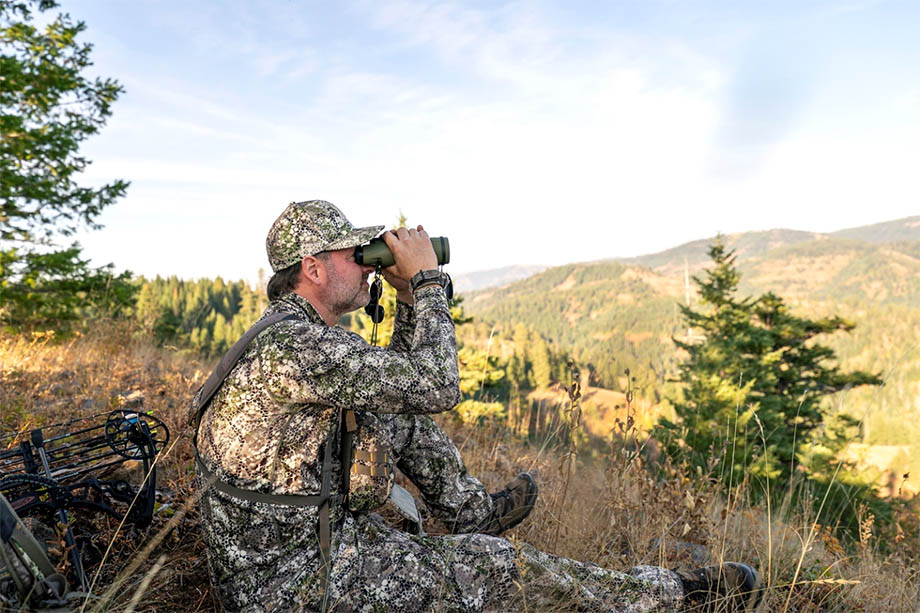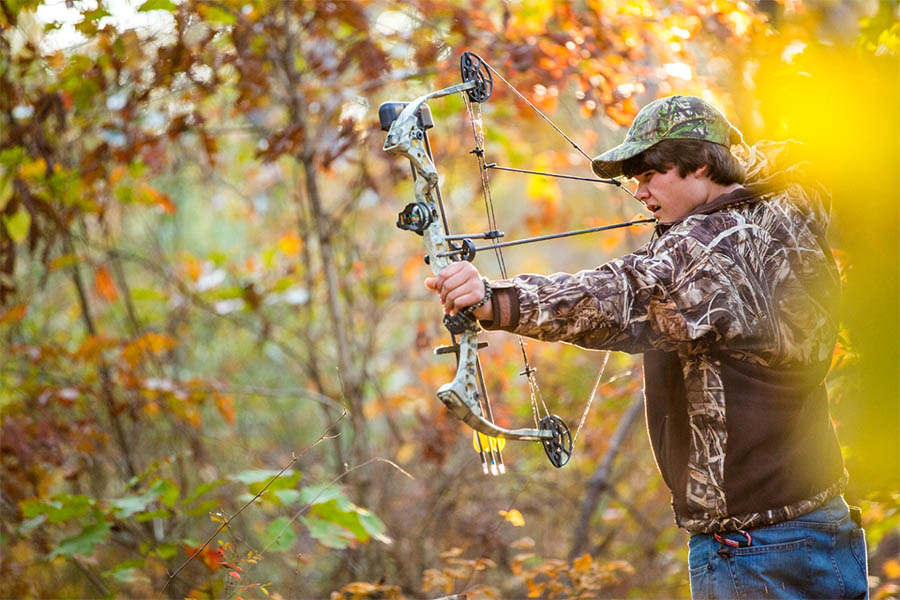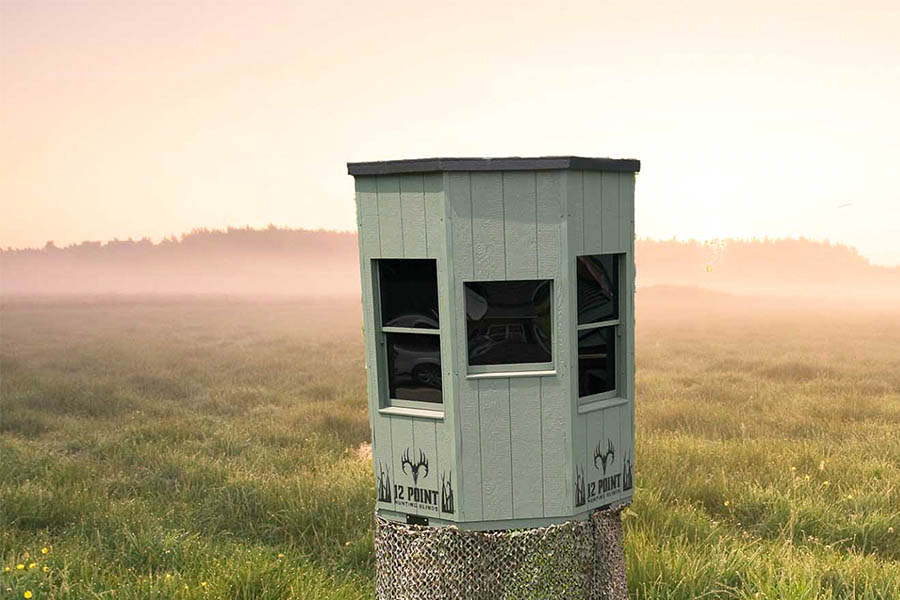Tips for Scouting Late Season Honkers

Canada geese are one of the most prevalent species of waterfowl to hunt here in the Midwest and if you want to experience just how good a goose hunt can be, the late season is where these birds really shine. After being shot at for months on end, it is January that truly tests a hunter’s abilities. Being successful at the tail end of the season isn’t impossible, but it won’t come easy either. The key factors to having a successful late season hunt come down to understanding the birds’ behavior, finding open water, and homing in on their preferred food sources. Read on to learn our late season goose hunting tips below.
Understanding Goose Behavior

If there was ever a recurring theme throughout this article it would boil down to two words: the weather. The weather is what makes or breaks good hunting year-round, but this is especially true in the late season when you’re scouting geese. From the food that they eat to the amount of time they spend milling about at their favorite loafing ponds, a slight change in the weather can massively alter a goose’s day-to-day life.
Daily movements are just one area of Canada goose’s life that are greatly affected by significant changes in weather. On bitter cold days, geese tend to hang around the roost for longer periods before heading out to feed. This is somewhat of a godsend to those of us who have been grinding out early mornings and late nights throughout the season as most birds won’t leave the roost on cold days until 10 – 11 a.m.
Which field a bird may choose to feed in is also altered with geese sometimes only walking across a road to the nearest field instead of wasting calories flying somewhere else. If you are not seeing Canadas in the air in the mornings or around sunset, check out fields located closest to the roost.
Find Open Water
To be successful during late season Canada goose hunting, one must understand the impact that cold snaps can have. As temps drop small bodies of water like farm ponds begin to lock up forcing birds to relocate from their usual roosting spots in search of new ones with most shifting to moving bodies of water or larger lakes that have yet to freeze over.

Geese need water for security, which is why finding the open water sources and, more importantly, which ones are being used for roosting is paramount. Once a roost has been located, make sure not to bust it otherwise you might watch in horror as the entire flock moves off to the next county.
Temperature shifts in the other direction are just as impactful on goose activity. After water has been locked up for an extended period of time and the first warm front pushes in, it is time to shift your focus back to those smaller bodies of water you have been ignoring. As soon as the world begins to unthaw, geese will seek out these smaller bodies of water to avoid the crowds that they have been dealing with through the dead of winter. Farm ponds and other smaller puddles (figuratively, not literally) are going to be open for business, so locate these little havens and get settled in for a great shoot.

Calories Are King
Any veteran waterfowl hunter knows that food plays a critical role in the survival and movements of geese, but in the late season as things get bitter cold, you need to understand this relationship even more intimately. In the early season geese survive off of a completely different diet than what they do in January/February. It is during these colder months that the birds need more calories. Most of these calories are acquired through the consumption of carbohydrates found in waste crops.
The late season, especially in my neck of the woods, is all about corn and soybeans. Both of these crops have plenty of waste laying around for birds to feed on and provide the energy needed to get birds through freezing temperatures. There is a chance though that birds may buck this trend if the weather really takes a turn for the worse. In some areas geese may shift back to hay fields or native grasses as these food sources are easier to dethaw with their body heat than either of the aforementioned Midwest staples.
Recap

It takes a rare breed of hunter to toughen out some of the grueling conditions mother nature can throw out during the late goose season. You have to be willing to push the limits of both your own comfortability as well as that of your gear. A great goose hunter is not rigid, but instead highly adaptable to the quick changes in weather that can come their way. If this is your first year trying to stack up some successful goose hunts in the early part of the new year, make sure to study the behavior of the birds in your area, find the open water sources, and know the available food sources in your area. Once you have accomplished that, all you have to do is set up your decoys and shoot straight.






